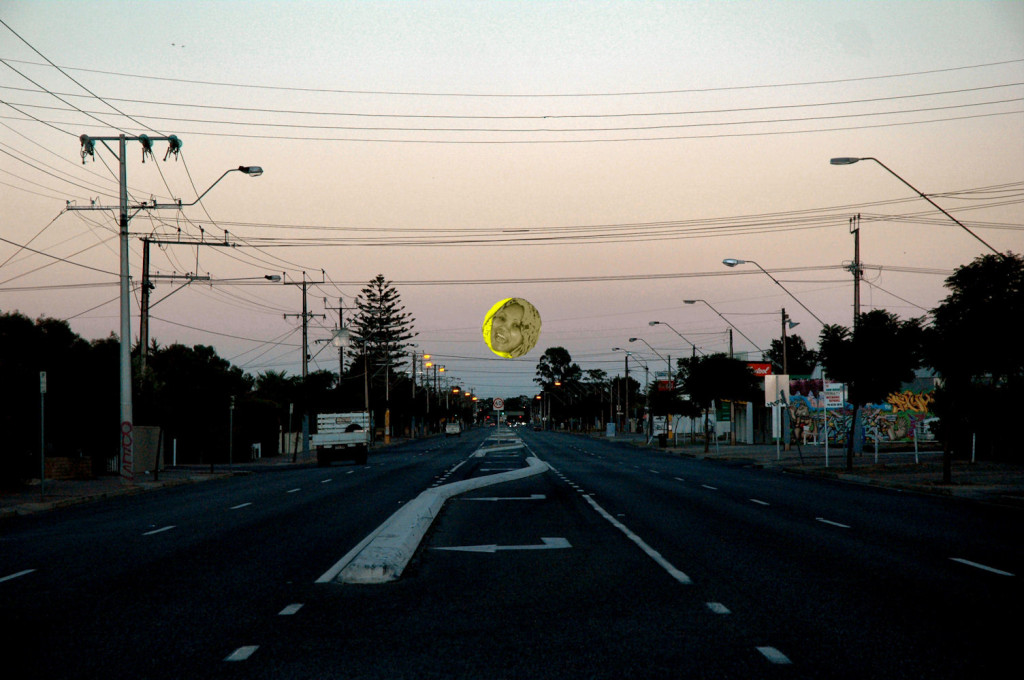-
What, in water, did Bloom admire?
Its universality: its democratic equality and constancy to its nature in seeking its own level: its vastness in the ocean of Mercator’s projection: its unplumbed profundity in the Sundam trench of the Pacific exceeding 8,000 fathoms: the restlessness of its waves and surface particles visiting in turn all points of its seaboard: the independence of its units: the variability of states of sea: its hydrostatic quiescence in calm: its hydrokinetic turgidity in neap and spring tides: its subsidence after devastation: its sterility in the circumpolar icecaps, arctic and antarctic: its climatic and commercial significance: its preponderance of 3 to 1 over the dry land of the globe: its indisputable hegemony extending in square leagues over all the region below the subequatorial Tropic of Capricorn: the multisecular stability of its primeval basin: its luteofulvous bed: its capacity to dissolve and hold in solution all soluble substances including millions of tons of the most precious metals: its slow erosions of peninsulas and downwardtending promontories: its alluvial deposits: its weight and volume and density: its imperturbability in lagoons and highland tarns: its gradation of colours in the torrid and temperate and frigid zones: its vehicular ramifications in continental lakecontained streams and confluent oceanflowing rivers with their tributaries and transoceanic currents: gulfstream, north and south equatorial courses: its violence in seaquakes, waterspouts, artesian wells, eruptions, torrents, eddies, freshets, spates, groundswells, watersheds, waterpartings, geysers, cataracts, whirlpools, maelstroms, inundations, deluges, cloudbursts: its vast circumterrestrial ahorizontal curve: its secrecy in springs, and latent humidity, revealed by rhabdomantic or hygrometric instruments and exemplified by the hole in the wall at Ashtown gate, saturation of air, distillation of dew: the simplicity of its composition, two constituent parts of hydrogen with one constituent part of oxygen: its healing virtues: its buoyancy in the waters of the Dead Sea: its persevering penetrativeness in runners, gullies, inadequate dams, leaks on shipboard: its properties for cleansing, quenching thirst and fire, nourishing vegetation: its infallibility as paradigm and paragon: its metamorphoses as vapour, mist, cloud, rain, sleet, snow, hail: its strength in rigid hydrants: its variety of forms in loughs and bays and gulfs and bights and guts and lagoons and atolls and archipelagos and sounds and fjords and minches and tidal estuaries and arms of sea: its solidity in glaciers, icebergs, icefloes: its docility in working hydraulic windmills, turbines, dynamoes, electric power stations, bleachworks, tanneries, scutchmills: its utility in canals, rivers, if navigable, floating and graving docks: its potentiality derivable from harnessed tides or watercourses falling from level to level: its submarine fauna and flora (anacoustic, photophobe) numerically, if not literally, the inhabitants of the globe: its ubiquity as constituing 90% of the human body: the noxiousness of its effluvia in lacustrine marshes, pestilential fens, faded flowerwater, stagnant pools in the waning moon.James Joyce, Ulysses
-
An account of the creation of the oceans and tidal phenomena*
On the morning of the third day, God said, “let luminaries be in the expanse of the heavens, to divide between the day and night. Let them be for signs and for seasons, and for days and years. And let them light up the expanse of the heavens and earth.” And it was so: God made the two great luminaries: the sun to rule the day, and the moon and the stars to rule the night. God set them in the expanse of the heavens, to light the earth, to rule over the day and night; and to divide between the light and the darkness. He saw that it was good. Then it was evening.On the morning of the fourth day God said, “let the waters swarm with swarmers having a soul of life; and let the birds fly over the earth, on the face of the expanse of the heavens.” And it was so: He created the great sea animals, and all that creep, having a living soul. These swarmed the waters, according to its kind; and every bird with wing according to its kind. And He saw that it was good. Then God blessed them, saying, “be fruitful and multiply, and fill the waters in the seas; and let the birds multiply on earth.”
Attributed to Moses, The Bible
* assuming Moses meant “signs” to include ocean tidal phenomena – and why not?
-
Call Me Ishmael
Call me Ishmael. Some years ago — never mind how long precisely — having little or no money in my purse, and nothing particular to interest me on shore, I thought I would sail about a little and see the watery part of the world. It is a way I have of driving off the spleen, and regulating the circulation. Whenever I find myself growing grim about the mouth; whenever it is a damp, drizzly November in my soul; whenever I find myself involuntarily pausing before coffin warehouses, and bringing up the rear of every funeral I meet; and especially whenever my hypos get such an upper hand of me, that it requires a strong moral principle to prevent me from deliberately stepping into the street, and methodically knocking people’s hats off — then, I account it high time to get to sea as soon as I can. This is my substitute for pistol and ball. With a philosophical flourish Cato throws himself upon his sword; I quietly take to the ship. There is nothing surprising in this. If they but knew it, almost all men in their degree, some time or other, cherish very nearly the same feelings towards the ocean with me.Herman Melville, Moby Dick
-
Myths about Gravity and Tides
Myths about Gravity and Tides
Mikolaj Sawicki
John A. Logan College
Carterville, IL 62918, USA
website: http://www.jal.cc.il.us/~mikolajsawicki/
e-mail: mikolajsawicki@jalc.edu
Abstract: This is an extended and revised version of the paper
“Myths about Gravity and Tides”, originally published in
“The Physics Teacher” 37 , October 1999, pp. 438 – 441.
Last revision: December 31, 2005 -
Moonset over Oaklands Road, Adelaide

